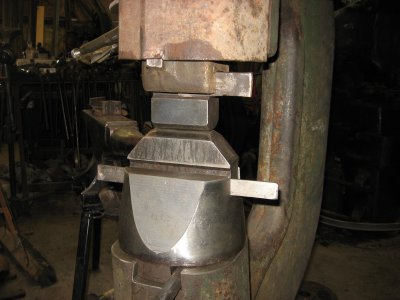- Joined
- Apr 6, 2011
- Messages
- 2,082
A little technical correction is due. I mentioned "P80" earlier. I was going by an obviously faulty memory. "L80" is a mechanical property requirement of an alloy steel that is a controlled yield, fairly soft steel (22 Rc max.) in the 4XXX series. I should have said "P110" in referencing the tubing I have I thought might work for you, Ron. It is P110 that I have, with a 3.00 OD and 1 1/2" ID. ID is a little rough, so if it's close to what you need, I'll measure it cloers. I used a yo-yo. It specs 30-36 Rc.
Sorry for any confusion.
Tony, many days I'm nothing but confusion. You, my good man, have nothing to apologize for. As long as the inner diameter is smaller than 1 5/8" I can make it work. What kind of lengths do you have and how much do you want to get rid of? I see large piles of chips in my future...
Peacock, I'll definitely be using your advice. I'll be setting up and doing a lot of practice, as well as grinding the proper tools, before I attempt this one.
Thanks,
-Ron


